What Lies Beneath
DORADE’s stunning saloon.
With thanks to Andrea Francolini for his beautiful imagery.
While there are hundreds of beautiful words, lyrical and practical, used to describe the hull of a boat, when it comes To the interior there seem to be quite few. Words seem to describe the atmosphere rather than the space. Those that do define space, seem to have come From the navy rather than from the lips of A designer.
Is what lies beneath an afterthought, conditional on the wants and needs of the owner? Whereas the hull is the hull, the signature of the designer - mess with that and you’re sunk.
And yet it’s down below where we spend a great deal of time. On FAIR WINDS the most coveted bunk is called the ‘Lazy Bastard’, on long passages it’s the best ‘off-watch’ place to sleep and tuck yourself away. For anyone over 5ft 10’ the ‘Lazy Bastard’ is hard to get into and near impossible to get out of. But whatever the conditions, reaching or beating, you feel cocooned and safe with a light, at the perfect height to read and just enough room to prop yourself up on your elbow when someone passes you a cup of coffee.
Today I am thrilled to take you below a couple of true beauties. Photographed as part of a series by Andrea Francolini, we have the privilege to explore inside the boats whose decks may be a little more familiar than their internal spaces.
Of Dorade - She was a break away from the traditional American, wide beamed, schooner. She was yawl rigged with a narrow beam and sharp ends. For this reason she was originally regarded as something of a freak.
The twentieth century found beamy boats being re-imagined as narrow blades and so the waterline length in proportion to the overall length began to decrease and with it, living space below got smaller and narrower. A perfect example, our own boat, FAIR WINDS – Philip Rhodes 1956 - is 43ft LOA but at the waterline she’s only 29ft. I really should have thought about that…
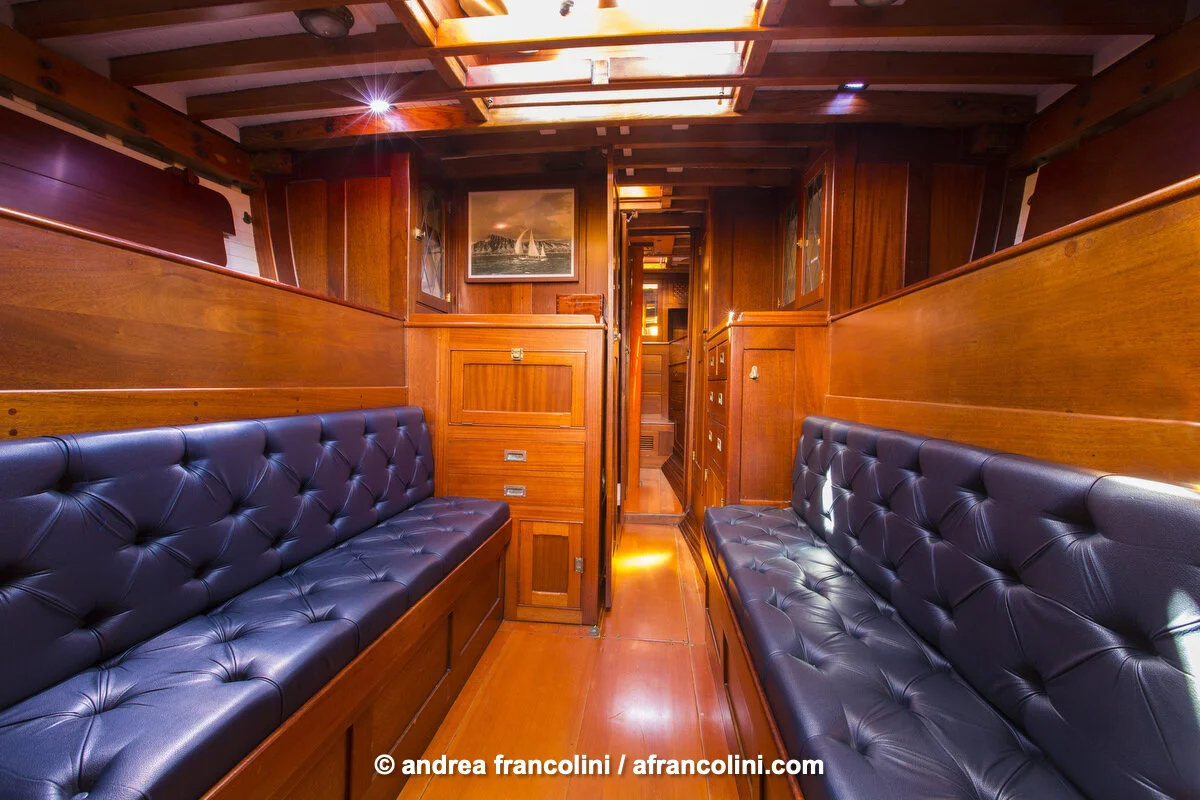
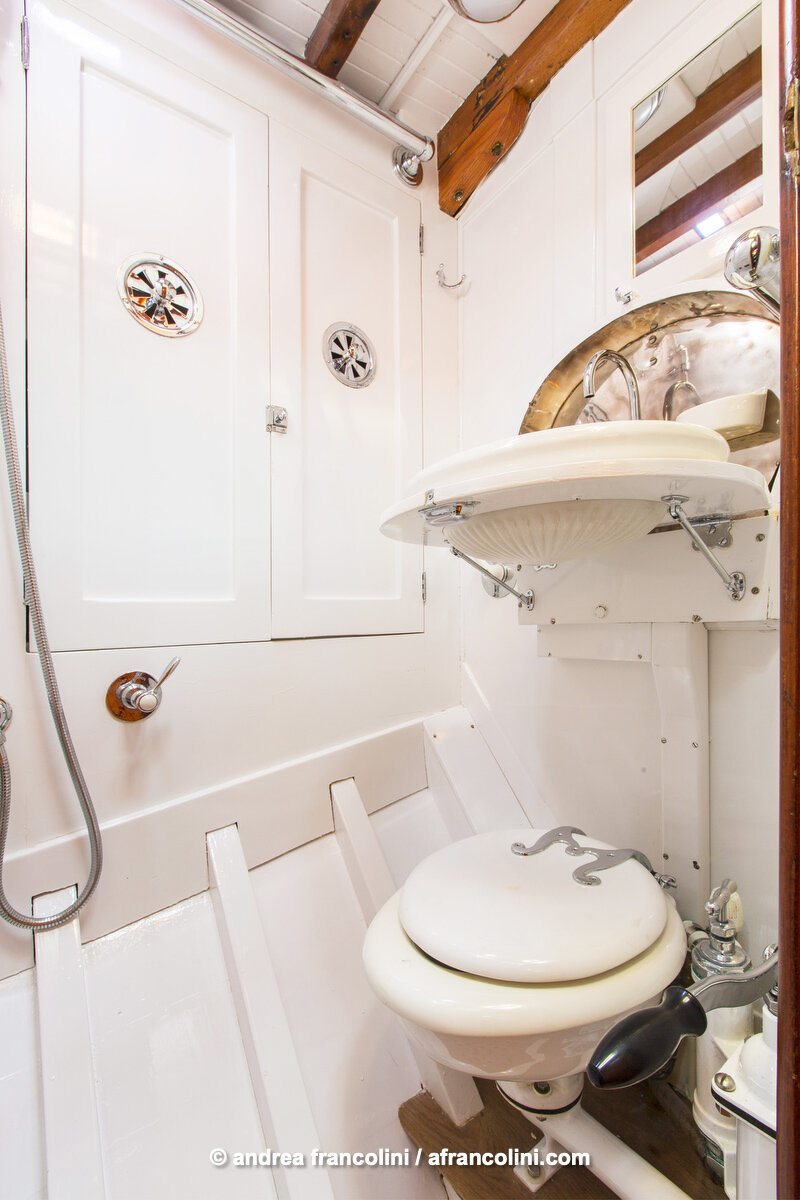
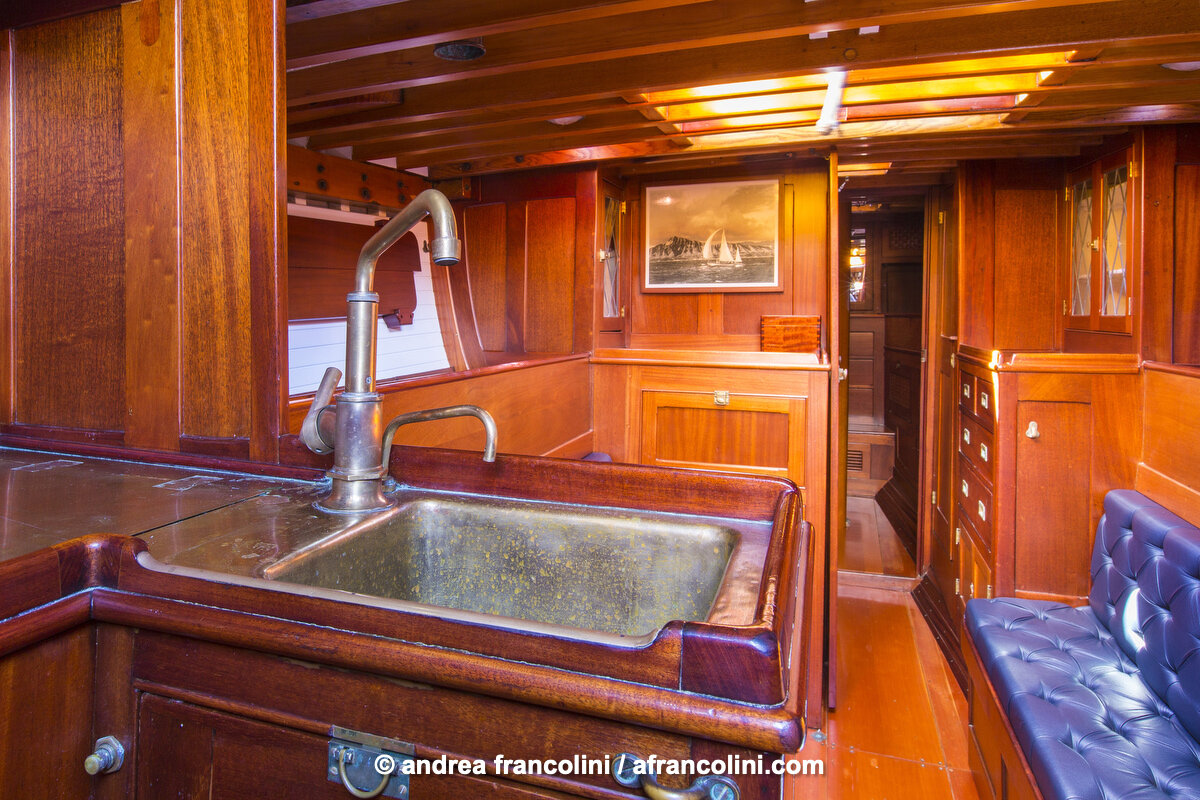
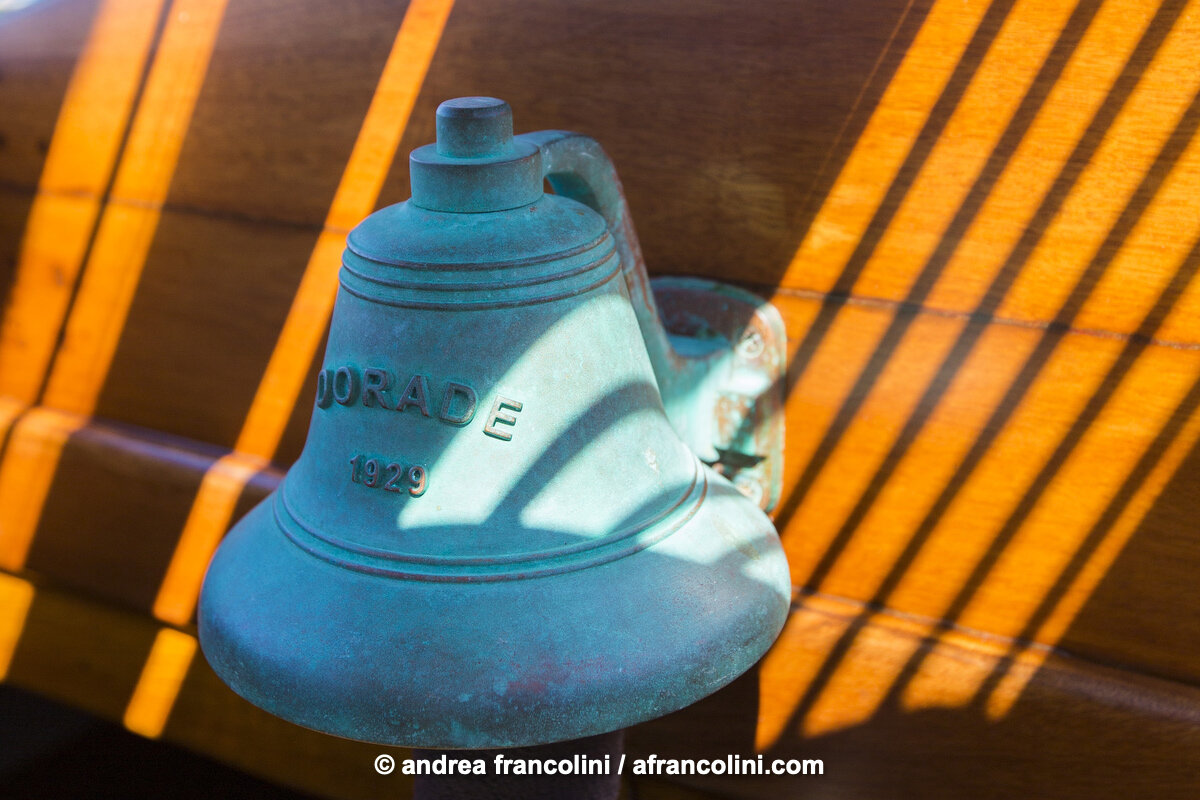
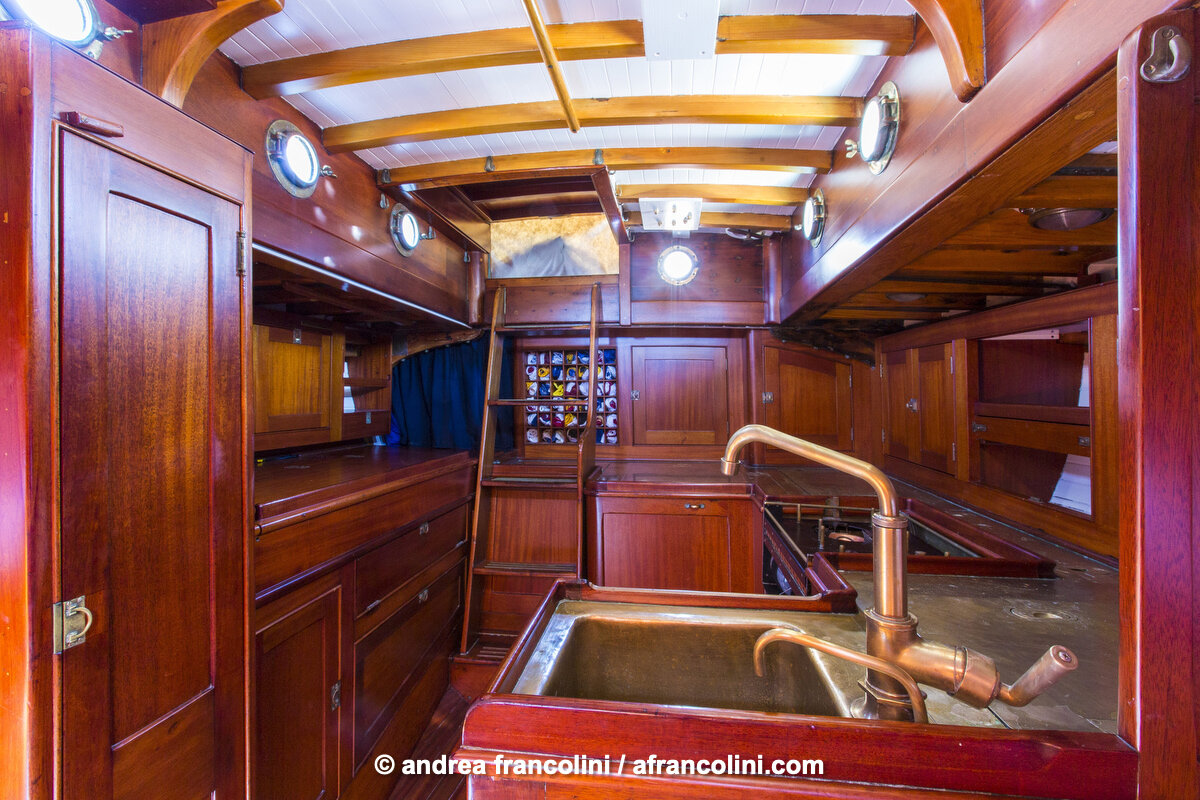
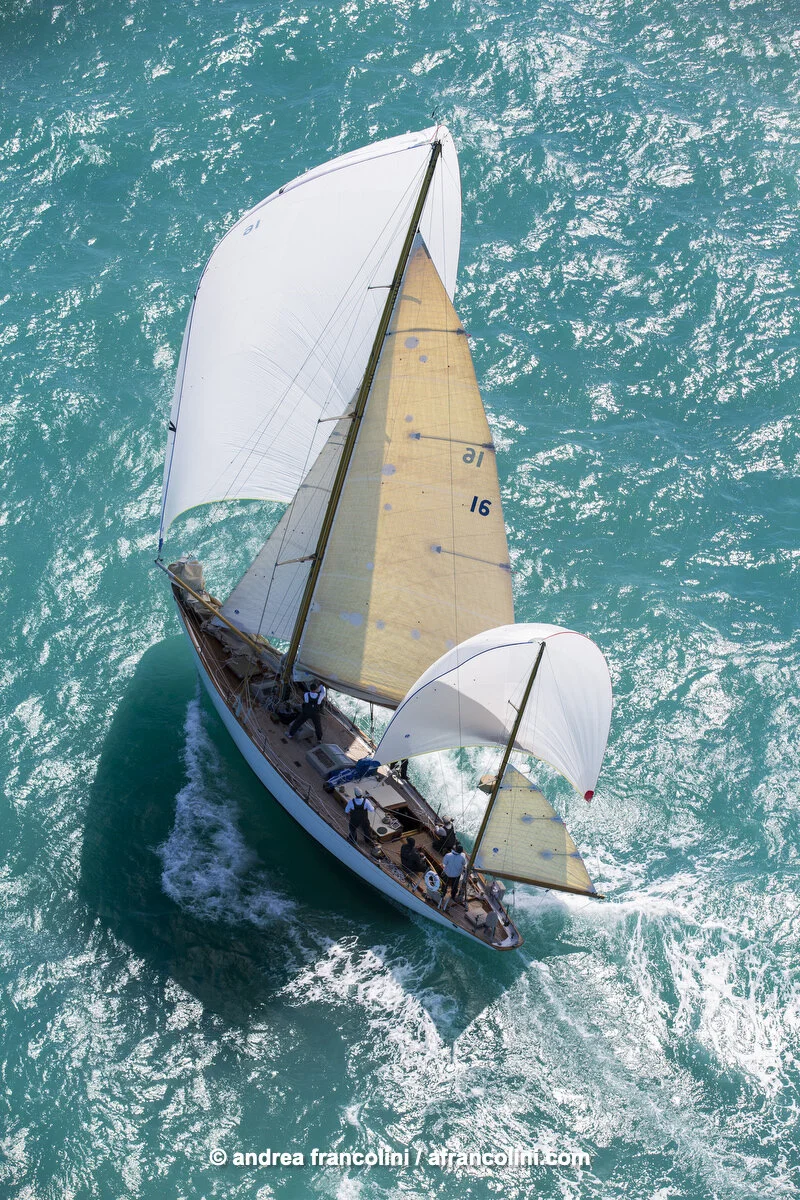

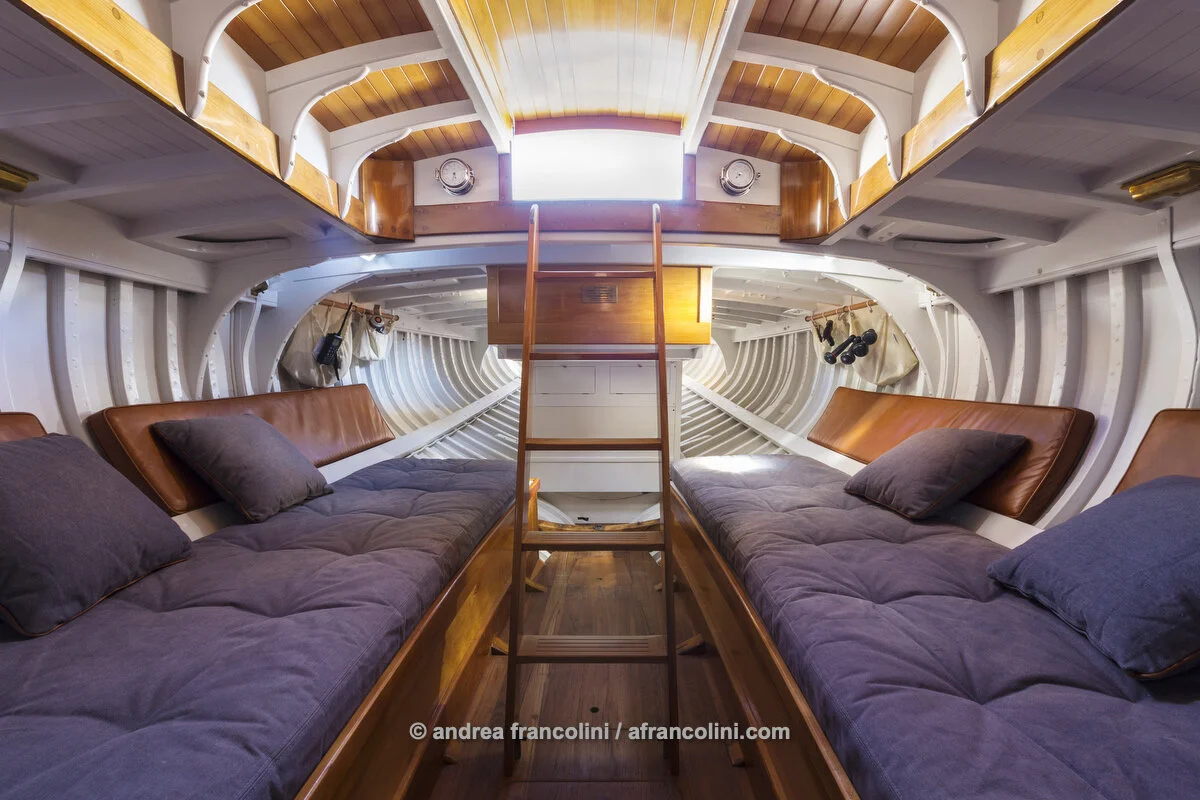

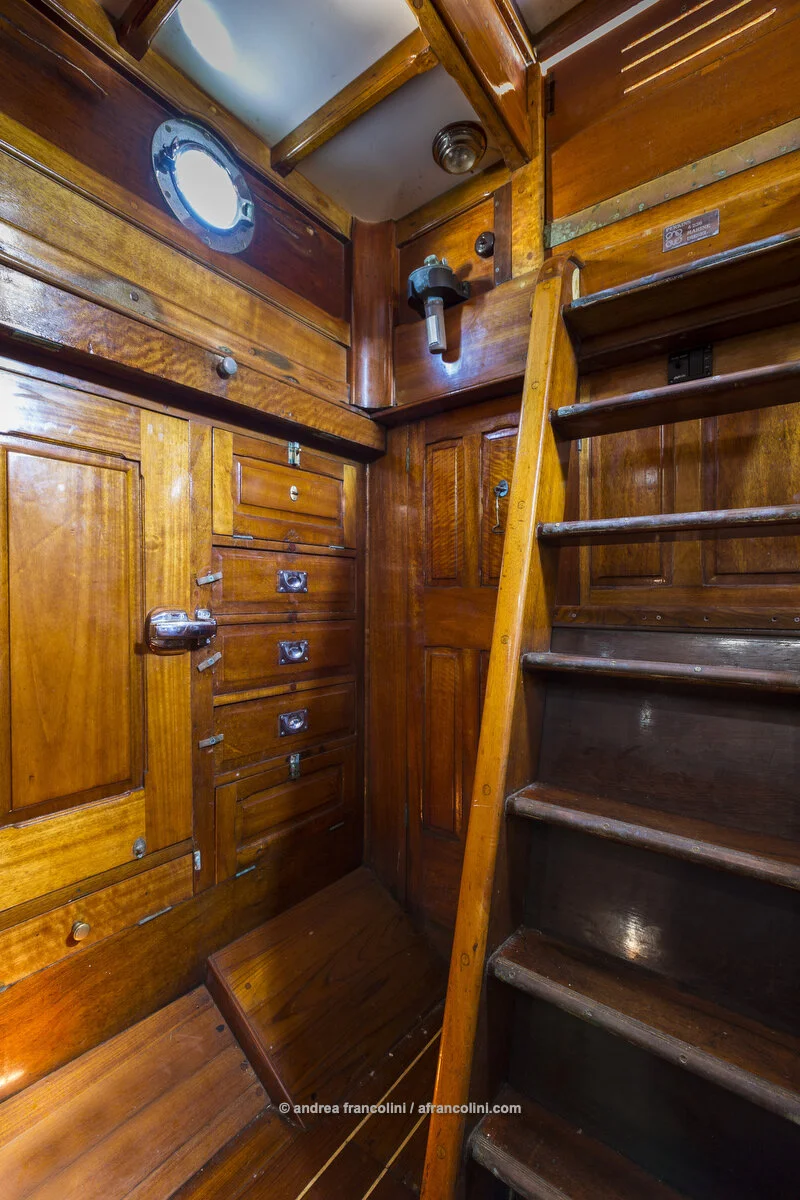
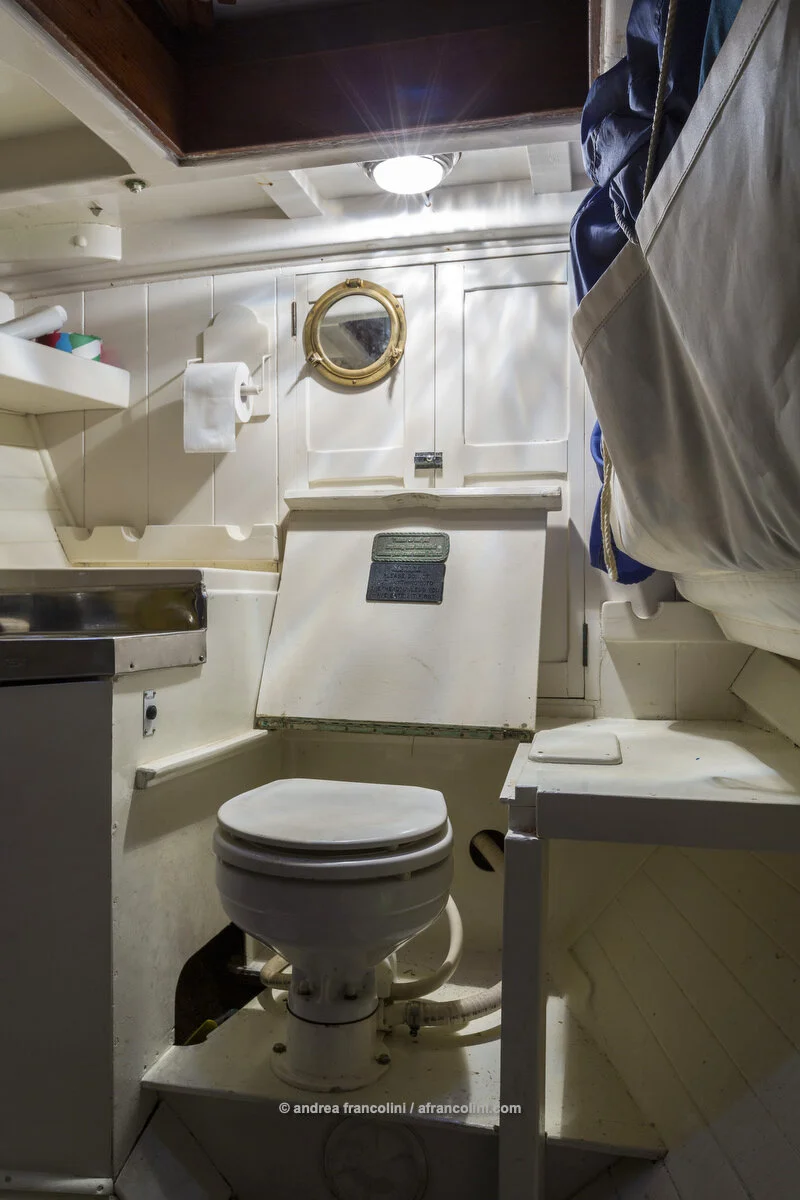
The Classics of the 1920’s and 30’s – were bespoke, Gentleman’s Racing machines. DORADE 1929 : Sparkman and Stevens; NERIDA, 1933 : Alfred Mylne; and DEFIANCE 1935 : Ernst Digby. These were one off creations, with clients seeking out preferred hull designers and interiors spaces that were derived from private men’s clubs. Leather and polished wood, single berths and good whiskey storage.
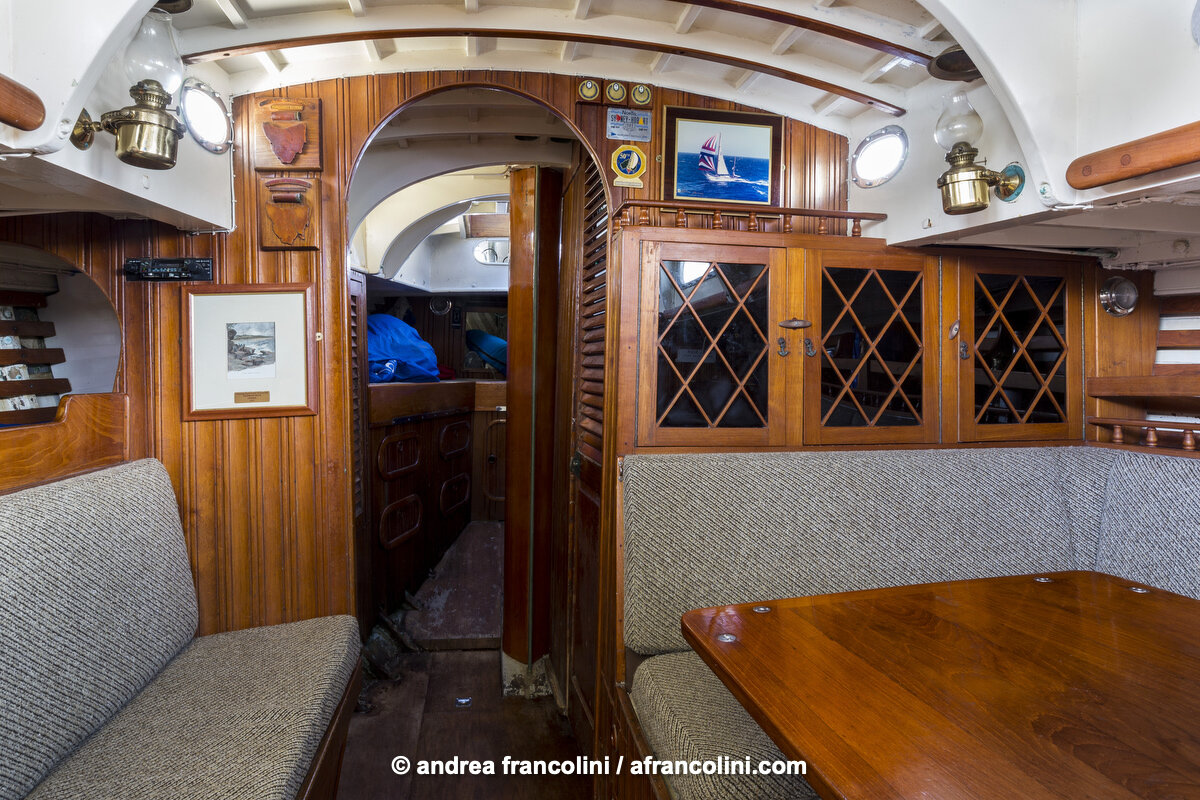
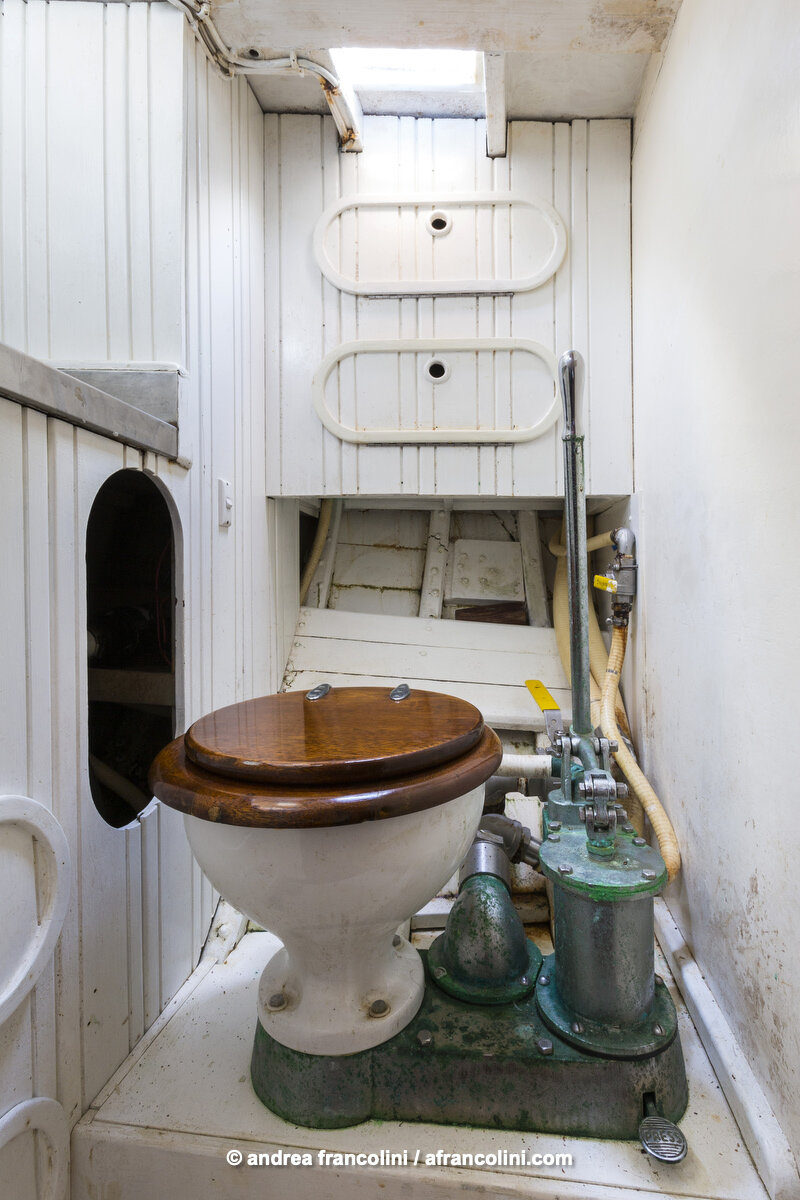
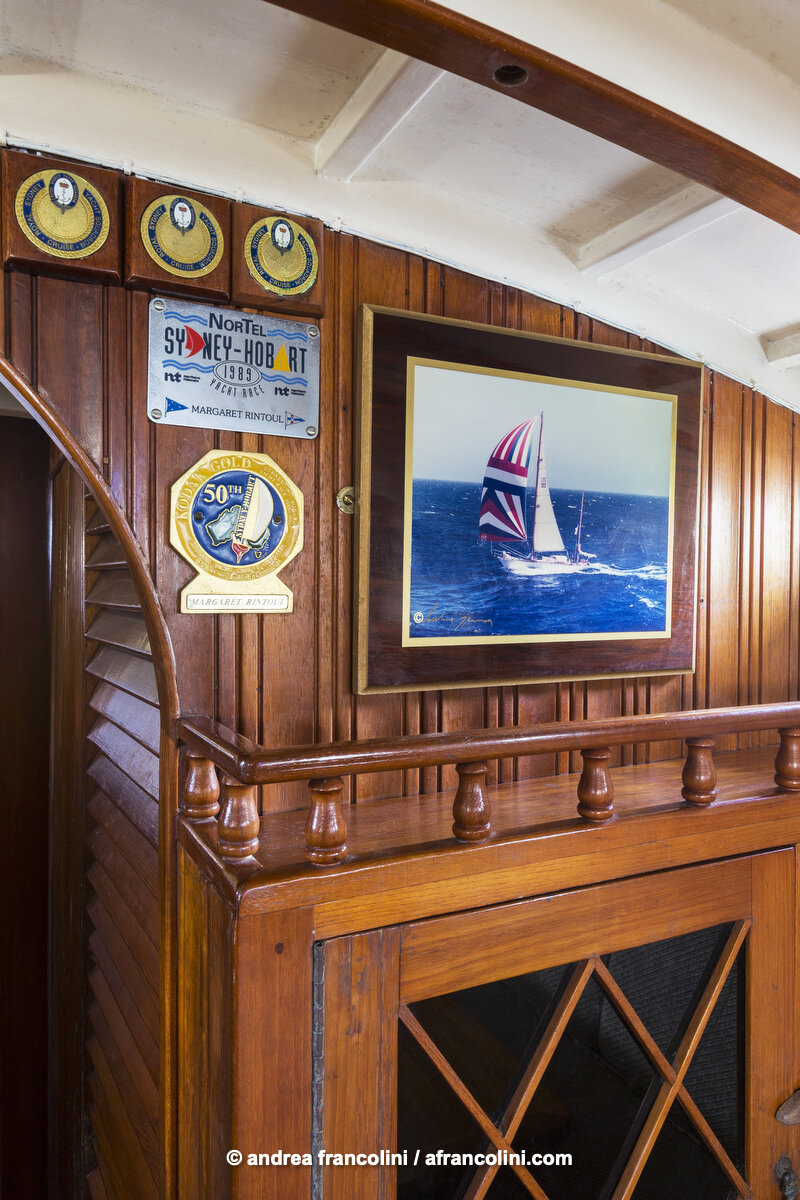
Post-war design became a little more practical, perhaps a little more restrained. Rhodes had a perchant for ‘timber features’, ways in which the shipwright could highlight his skill such as ‘woven lattice wooden’ cupboards or fluted panels such as here on MARGARET RINTOUL, 1948 : Philip Rhodes. Interestingly, across the breath of Rhodes’ designs from dinghies to 100 footers and thousands of drawings, he never once designed a double bed!
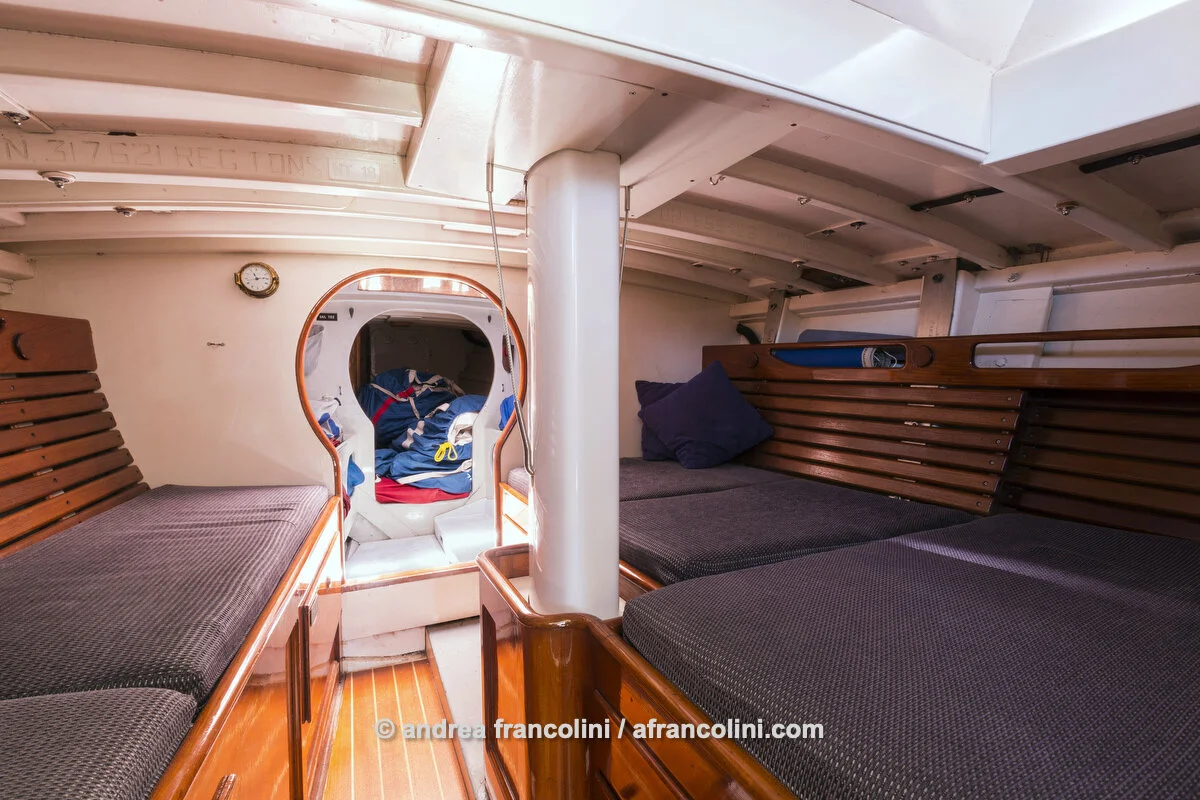
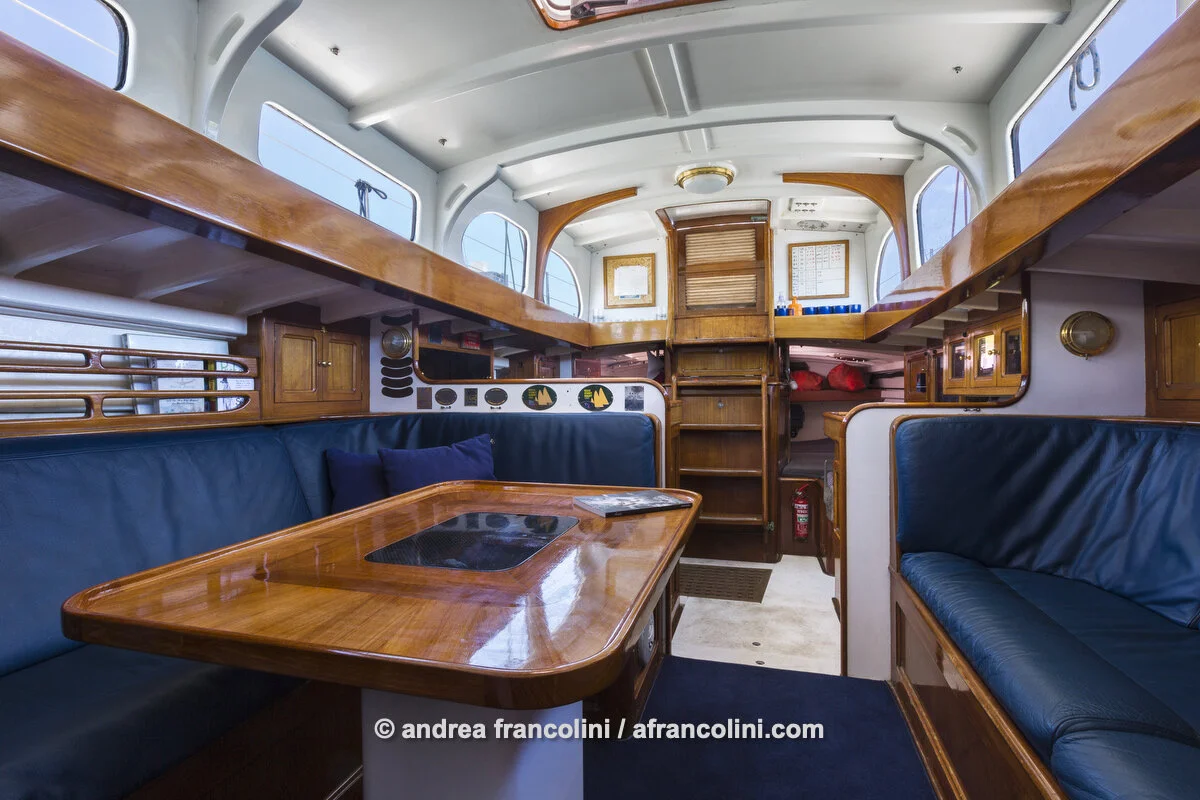
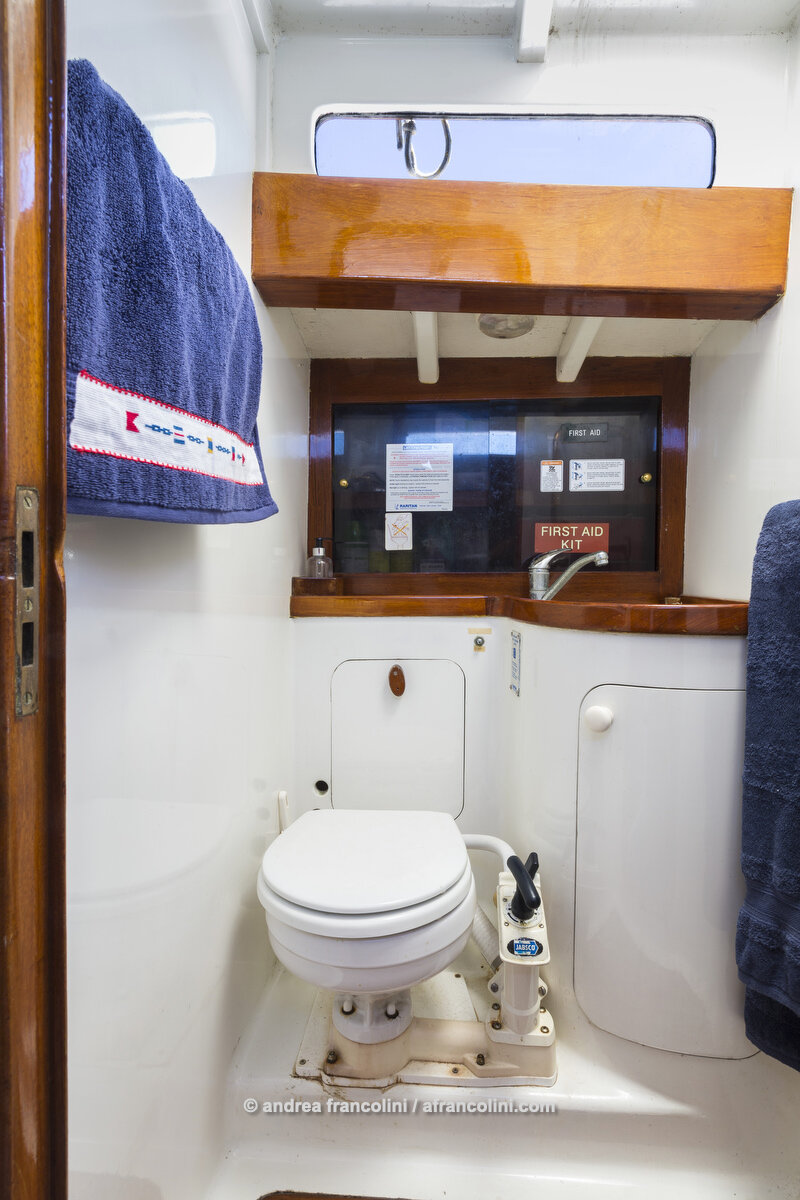
By 1960 Scandinavian design had taken the world by storm in all aspects of life - clean lines and more light started to take hold, details are parred back – FIDELIS 1964 : Knud Reimers.
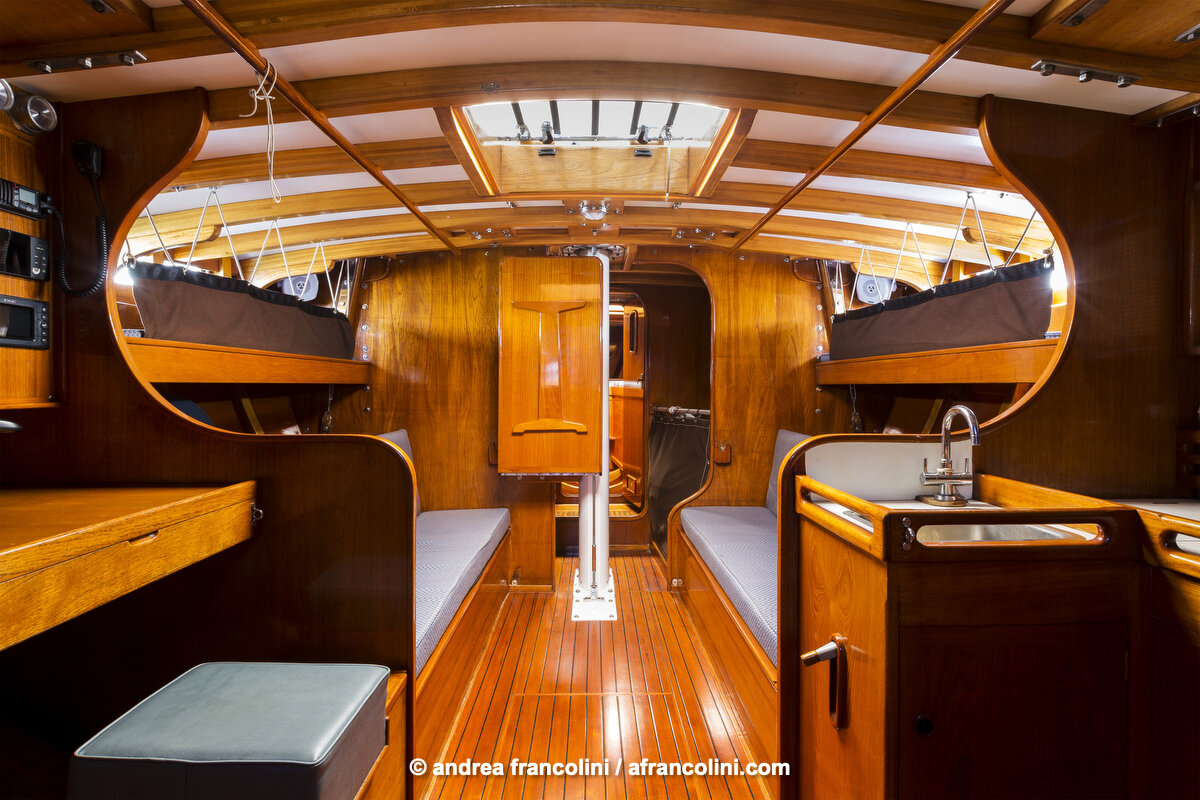
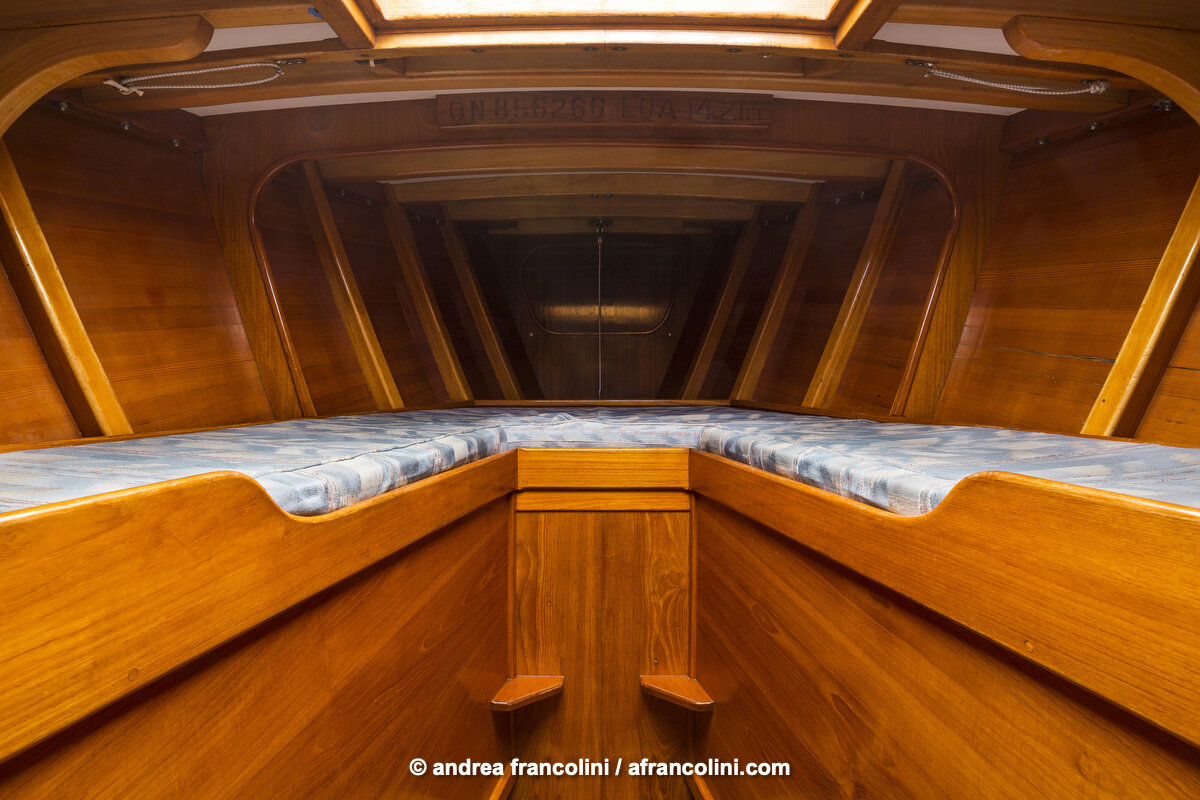
And by 1970 interiors started to reflect the overall growth of the sport and sailing as a leisure activity. To meet demand, boat design moved towards production models and interiors started to become an extension of the home. While bespoke, one off design, still took place QED, LOVE AND WAR – Sparkman and Stevens 1973 – this interior parallels what was happening across at Nautor Swan or Beneteau or Halberg-Rassy.
AND MY FAVOURITE?
Readers may remember an SWS article that spoke of the vernacular - the meeting of form, function and therefore, beauty. For me in this regard, LOVE AND WAR is my boat. She is as svelte down below as she is on top. I have an incredibly soft spot for S&S boats up to and including the Swans. There’s a lightness of touch, nothing is brutal or obvious, just clean and practical and in some ways, right.
What’s your favourite interior? Let me know in comments.
//
By Sal Balharrie
And thanks again to Andrea Francolini for the photography in this article.

